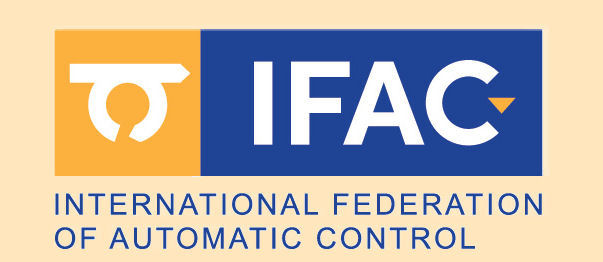| Paper FrA4.5
Chen, Kaiyi (School of Electronic and Information Engineering, Ningbo Univers), Chen, Xin (Ningbo University of Technology), Zhang, Jie (School of Electronic and Information Engineering, Ningbo Univers), Wang, Jianmin (School of Electronic and Information Engineering, Ningbo Univers)
A Parallel CRC Circuit Design Method Based on Semi-Tensor Product
Scheduled for presentation during the Invited session "Advanced Control Technologies for Electromechanical System" (FrA4), Friday, November 1, 2024,
09:50−10:10, Room T4
7th IFAC Conference on Engine and Powertrain Control, Simulation and Modeling, Oct 30 - Nov 1, 2024, Dalian, China
This information is tentative and subject to change. Compiled on November 21, 2025
|


 This site is protected by copyright and trademark laws under US and International law.
This site is protected by copyright and trademark laws under US and International law.